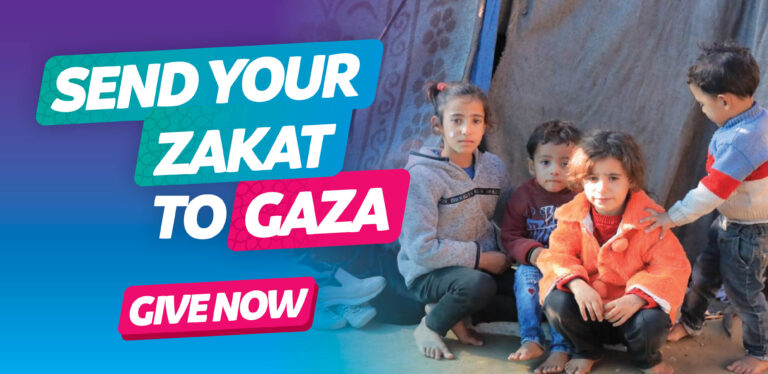In the rich tapestry of Islamic philanthropy, zakat and sadaqah represent two foundational but distinct strands. Both forms of giving play crucial roles in fostering community welfare and spiritual growth, yet they differ significantly in their obligations, purposes, and impacts. This article explores the nuances between zakat and sadaqah, offering insight into their unique positions within Islamic tradition and practice.
Zakat: The Pillar of Purification and Obligation
Zakat, one of the Five Pillars of Islam, is an obligatory act of financial worship, mandated for all adult Muslims who meet the necessary wealth threshold, known as nisab. It serves not only as a means of purifying one’s wealth but also as a mechanism for redistributing resources to ensure the economic welfare of the entire Muslim community.
- Obligation: Zakat is compulsory for Muslims who possess wealth above a certain threshold for a complete lunar year. The rate of zakat is traditionally set at 2.5% of zakatable assets, including cash, savings, gold, silver, and investments.
- Eligibility: Specific criteria determine who must give zakat and who can receive it. Recipients include the poor, the needy, those employed to collect zakat, converts, slaves seeking liberation, debtors, soldiers in the cause of Islam, and travelers in need.
- Purpose: The primary aim of zakat is to cleanse one’s wealth, assist in the alleviation of poverty and inequality, and support the social and economic development of the Muslim community.
Sadaqah: The Voluntary Path to Compassion and Growth
Sadaqah encompasses any act of voluntary charity or benevolence, in both material and non-material forms. It is a broad concept that extends beyond financial assistance to include acts of kindness and generosity that contribute to the well-being of others.
- Flexibility: Unlike zakat, sadaqah has no fixed rate or specific eligibility criteria. It can be given by anyone, to anyone, at any time. This flexibility allows Muslims to contribute towards the welfare of their community according to their ability and inclination.
- Scope: Sadaqah includes monetary aid, volunteer work, teaching beneficial knowledge, and even simple acts of kindness, such as smiling or removing obstacles from the path. Its scope is limitless, with every act of goodness considered sadaqah.
- Impact: While the benefits of sadaqah extend to the giver and the receiver alike, its impact is also spiritual, fostering a culture of empathy, generosity, and mutual support within the community.
Key Differences
The primary distinctions between zakat and sadaqah lie in their obligation, scope, and purpose. Zakat is a compulsory act with defined rules and recipients, aimed at wealth purification and economic balance. Sadaqah, by contrast, is voluntary, limitless in its potential forms, and oriented towards fostering general well-being and spiritual growth.
Integrating Zakat and Sadaqah into Life
For Muslims, both zakat and sadaqah offer pathways to fulfill their religious duties, cultivate personal growth, and contribute to the welfare of the community. By integrating these practices into their lives, Muslims engage in a continuous cycle of giving and growth, enhancing not only their own spiritual journey but also the lives of those around them. Whether through the obligatory giving of zakat or the voluntary acts of sadaqah, each Muslim plays a part in weaving the social fabric of their community, ensuring that the needs of all are met with compassion and generosity. In doing so, zakat and sadaqah together embody the spirit of Islamic philanthropy, rooted in faith, solidarity, and the pursuit of social justice.








 AUD
AUD
 GBP
GBP
 EUR
EUR
 CAD
CAD
 SGD
SGD
 MYR
MYR


